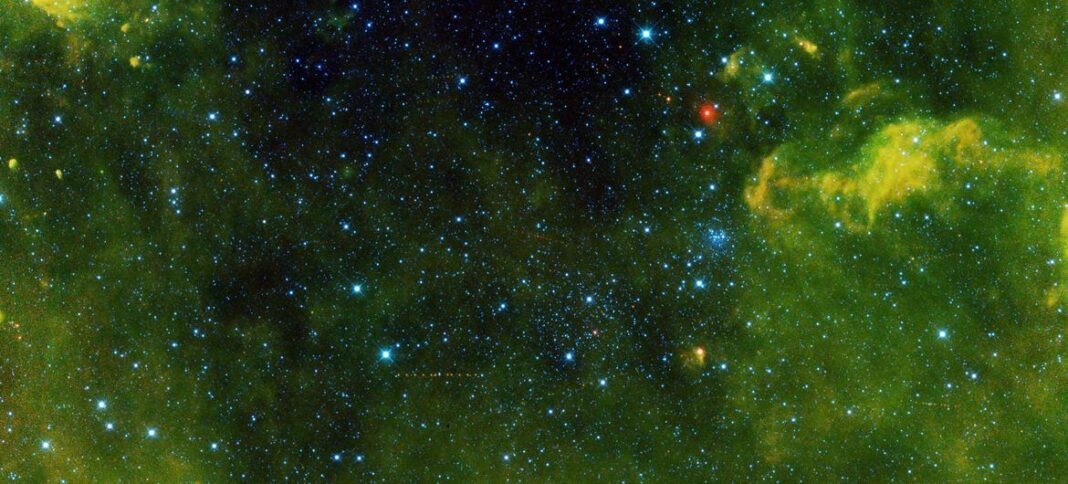With over 18,000 near-Earth objects (NEOs) lurking beyond the stratosphere, 2,000 of which are classified as potentially hazardous, the UN Office for Outer Space Affairs (UNOOSA) is using Friday’s International Asteroid Day to raise awareness across the planet.
NEOs are asteroids or comets that come relatively close to the Sun, to about 50 million kilometres from Earth’s orbit. Some of them, ‘potentially hazardous objects’ (PHOs), come even closer – in interstellar terms – with a minimum distance of less than 7.5 million kilometres.
Measuring more than 140 meters across, the PHOs have the potential to cause regional devastation with possible global consequences.
Do look up
Even smaller objects can still cause significant, although localized, damage. The object responsible for the Tunguska event on 30 June 1908 over Siberia, is believed to have been up to 60 metres in diameter.
The largest asteroid impact event in recorded history, it was chosen in 2017 as a fitting anniversary to commemorate International Asteroid Day.
Even smaller NEOs can be hazardous, damaging buildings and injuring people. On 15 February 2013, a large fireball approximately 20 meters across disintegrated in the skies over the Russian city of Chelyabinsk.
According to US Space Administration (NASA), the explosion released the energy equivalent of around 440,000 tons of TNT and generated a shock wave that blew out windows and even damaged buildings. Over 1,600 people were injured in the blast, mostly due to shattered glass.
The majority of such objects originate from the inner part of the Solar System’s main asteroid belt. They form under the gravitational influence of Saturn, Jupiter, and Mars, and because of collisions between larger space bodies.
Warning network
UNOOSA, whose experts have been tracking NEOs for many years, insist that such a global issue merits a robust international response. Addressing the hazard, however much it sounds like a page out of a sci-fi playbook, includes identifying threats, and coming up with some solutions.
As a result, the International Asteroid Warning Network (IAWN) and the Space Mission Planning Advisory Group (SMPAG) were established to coordinate global planetary defence.
While the task of IAWN is to provide Member States with comprehensive communication plans and protocols to help take educated decisions in case of an asteroid impact, the SMPAG acts as an inter-space agency forum that selects technologies needed for NEO deflection and helps reach consensus on planetary defence measures.
In practical terms this means that should there be a credible impact threat, IAWN would issue an alert.
If the object is larger than 50 metres and the probability of impact exceeds one percent within the next 50 years, SMPAG would evaluate mitigation options and come up with an implementation plan.
UNOOSA’s ultimate aim is to protect the Earth and humankind from the devastating impact of asteroids and International Asteroid Day has over years grown into a global educational campaign to help do just that.
If you want to know more about how UNOOSA is working to stop sci-fi Armageddon from becoming a reality, you can find more details on Near-Earth Objects and Planetary Defence, here.
